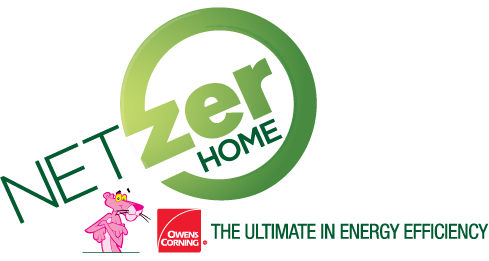Project Background
June 21, 2015
Housing accounts for 17% of Canada’s secondary energy use and 15% of greenhouse gas emissions. With the help of NRCan programs, the industry has made significant progress in reducing the energy intensity of individual homes (both through retrofit and new-housing programs). However, growth in the housing stock has contributed to a net 14% increase in household energy use since 1990. The energy consumption and greenhouse gas emissions from this sector will continue to grow if the industry does not move to build homes substantially more efficient. Net-Zero Energy Housing (NZEH) provides a means to accomplish these reductions.
Every year, the Canadian housing industry constructs 150,000 new homes and accounts for $37 billion in economic activity. Though large, the industry is highly fractured. Canada has thousands of homebuilders, the largest of which account for only 3-5% of nation-wide housing starts. Individual builders have limited capacity to pool resources and share the risk associated with research and development (R&D). For this reason, the vast majority of homebuilders rely on prescriptive packages from labelling programs such as R-2000 and Energy Star, and on the building code when designing the energy performance components of their homes.
A small fraction of 1970s builders experimented with new construction approaches designed around energy conservation. These helped build pathways that eventually led to the early R-2000 construction techniques that have now become common practice. Today, a small but growing fraction are now building near- and net-zero energy (NZE) housing. They want to know which technologies will have the highest impact in reducing the first cost of NZE homes, and how best to integrate them. This will build the pathways required for NZE homes and communities to become more commonplace.
These leading-edge builders are clearly interested in offering their clients innovative alternatives to traditionally built homes. Such alternatives respond to increasing demand for more energy efficient and environmentally responsible housing. NZEH is gaining tractions as a concept both in Canada and internationally. However, the technologies to meet these higher standards still present too much additional cost, risk and uncertainty for application.
The EQuilibrium Sustainable Housing Demonstration Initiative, led by Canada Mortgage and Housing (CMHC) with technical support from NRCan resulted in 12 net or near-zero energy homes on sites across the country. These demonstration projects have proven net-zero level performance is technically feasible in Canada.
However, the technologies utilized in many of these homes are complicated mechanical and renewable energy systems that required custom engineering. Some of these systems have not been performing according to expectation or have proven unreliable. Furthermore, they are not well understood by their occupants or by local trades who are called-in to service them.
For broad adoption by production builders and community scale NZEH, several barriers need to be overcome. Firstly, the cost to build net-zero homes needs to be dramatically reduced. Packaged envelope solutions designed to dramatically improve and simplify air sealing for a variety of performance levels (to address heating demand in various climates) need to be developed. The systems need to be de-risked so that they are sufficiently simple and reliable, understood by builders and trades and do not negatively affect homeowners. Finally, designers and homebuilders need to have technology pathways that they can confidently follow for their regions to get them close to net-zero as cost-effectively as possible.
Leveraging CanmetENERGY’s NZEH cost-optimization research, this Project is aimed squarely at these requirements and promises to be a very significant milestone on the road to net-zero energy communities in Canada.
